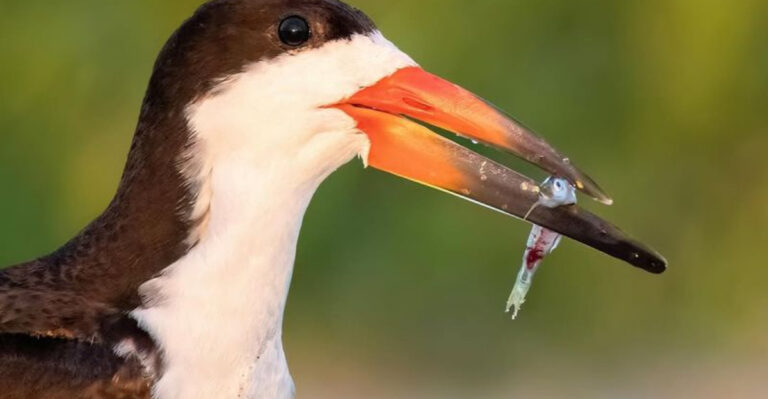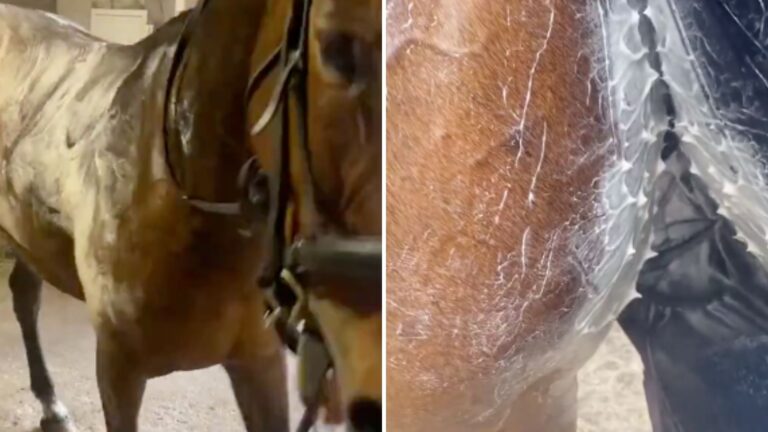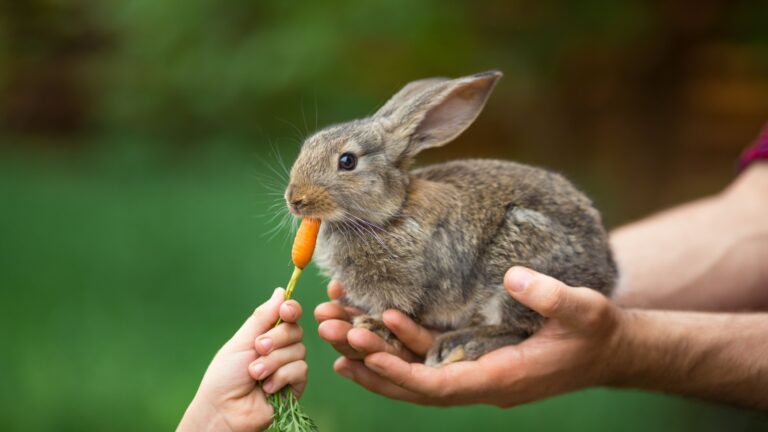7 Smells That Deer Just Can’t Stand And 5 Plants That Make Them Want To Visit Your Yard Anyway
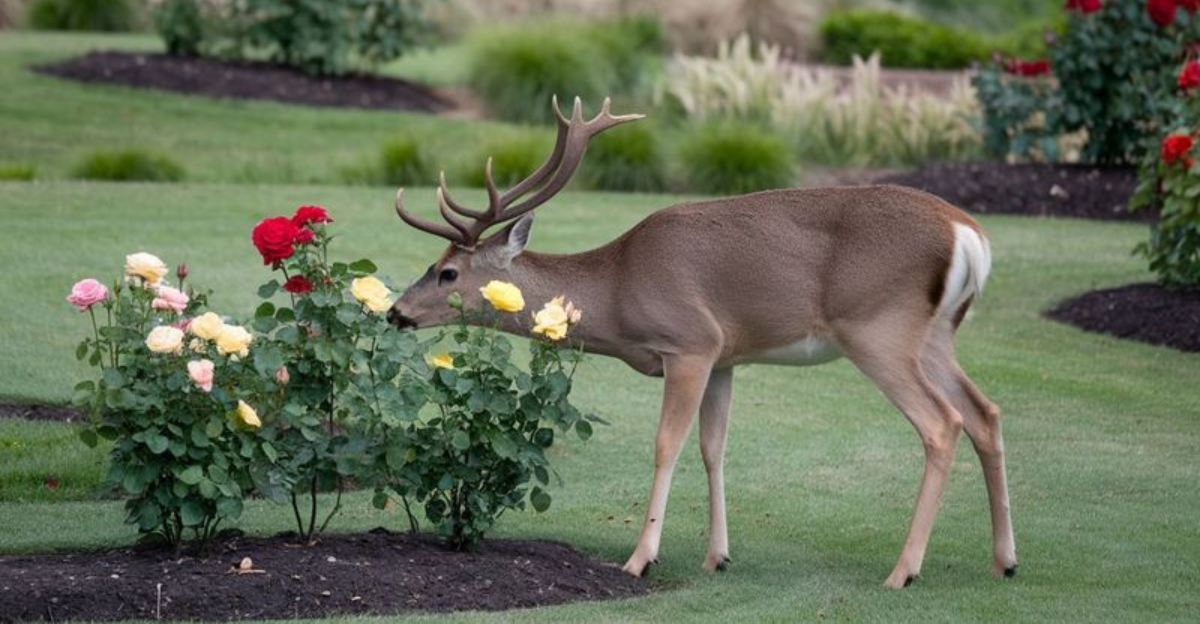
Dealing with deer in your garden can feel like an ongoing battle. These graceful creatures might look innocent, but their appetites can devastate your carefully tended plants overnight.
Understanding what attracts and repels deer can help you create a strategy that protects your favorite plants while redirecting these woodland visitors away from your prized garden beds.
1. Garlic’s Pungent Power
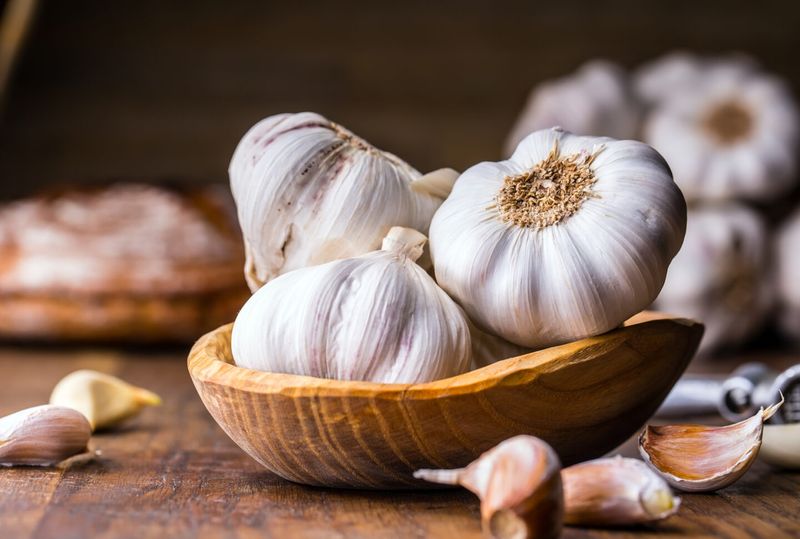
Deer flee from garlic’s intense aroma faster than teenagers from a family photo session. Their sensitive noses can detect this pungent bulb from surprising distances.
Many gardeners plant garlic borders around vulnerable plants or create garlic spray by steeping crushed cloves in water. The lingering scent remains effective even after humans can no longer detect it.
2. Predator Urine Panic
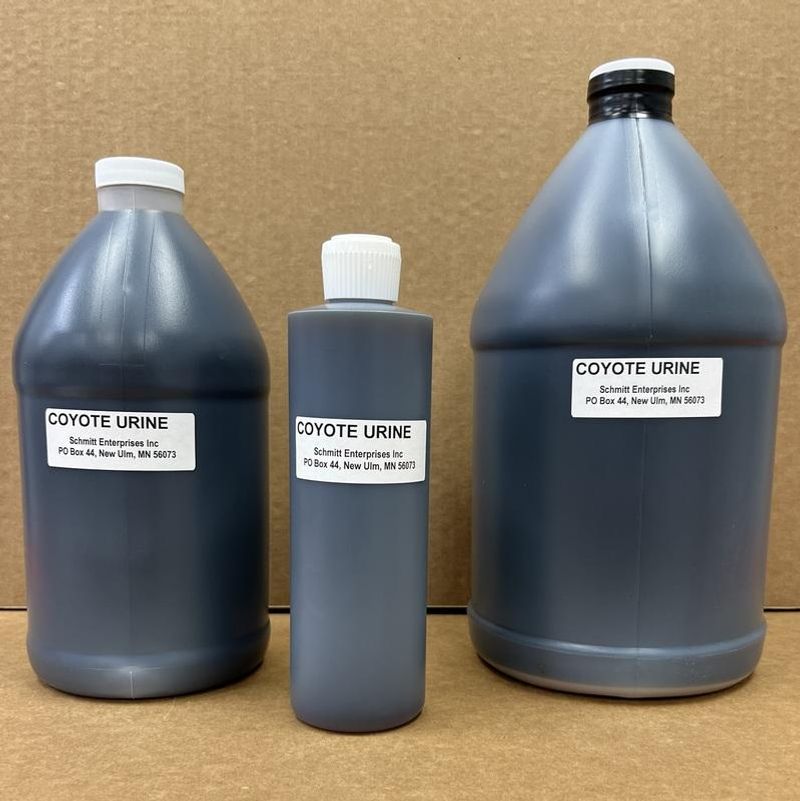
Nothing says ‘danger zone’ to deer quite like the scent of their natural predators. Commercial products containing coyote, wolf, or fox urine trigger immediate flight responses in deer.
Their survival instincts kick into high gear when these scents are detected. Apply these potent deterrents around garden perimeters, refreshing after rain for continuous protection against those hungry visitors.
3. Human Hair Scatter Method
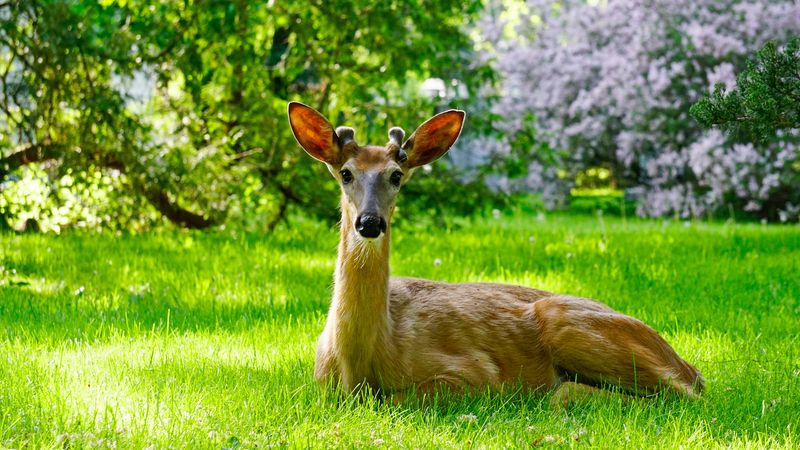
Your local barber might hold the secret to deer-free gardens! Collecting hair clippings and sprinkling them around plants creates a human-scented barrier deer prefer to avoid.
The stronger the human scent, the better the deterrent effect. Fill old nylon stockings with hair and hang them from trees or stakes throughout your garden for an inexpensive yet surprisingly effective solution to deer problems.
4. Vinegar Spray Solution
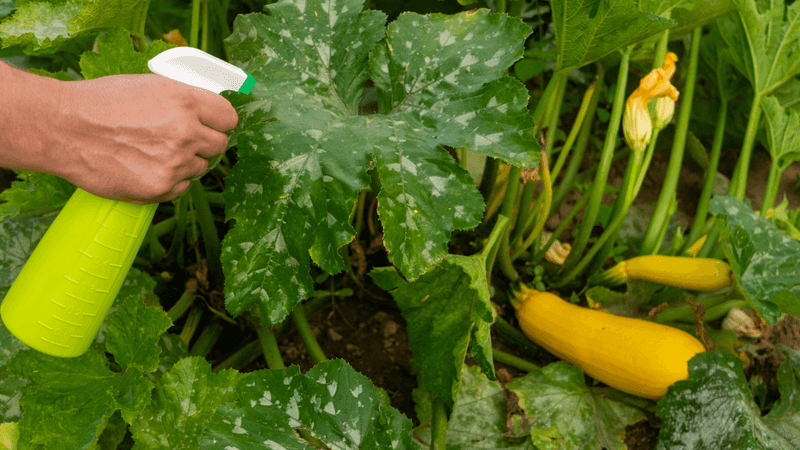
Regular household vinegar transforms into powerful deer defense when diluted and sprayed on non-edible plants. The sharp, acidic scent offends their sensitive noses without harming your garden.
Mix equal parts water and white vinegar in a spray bottle. Add a few drops of dish soap to help it stick to leaves. Apply weekly and after rainfall for best results against those persistent garden nibblers.
5. Ammonia-Soaked Rags
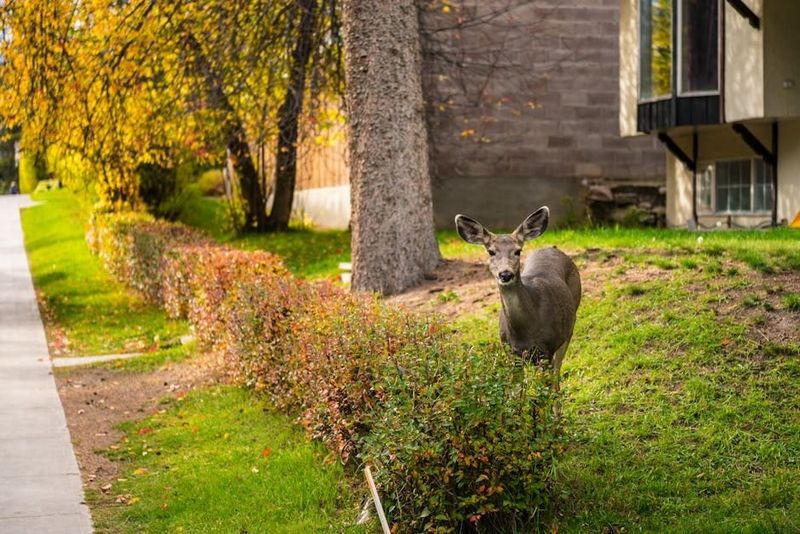
Ammonia’s harsh chemical smell mimics decomposition and predator markings that deer instinctively avoid. Their sensitive noses can detect this pungent odor from remarkable distances.
Soak old rags in ammonia and place them in ventilated containers around garden edges. Replace weekly to maintain potency. Just remember to keep these deterrents away from plants you don’t want damaged by the fumes.
6. Lavender’s Fragrant Shield
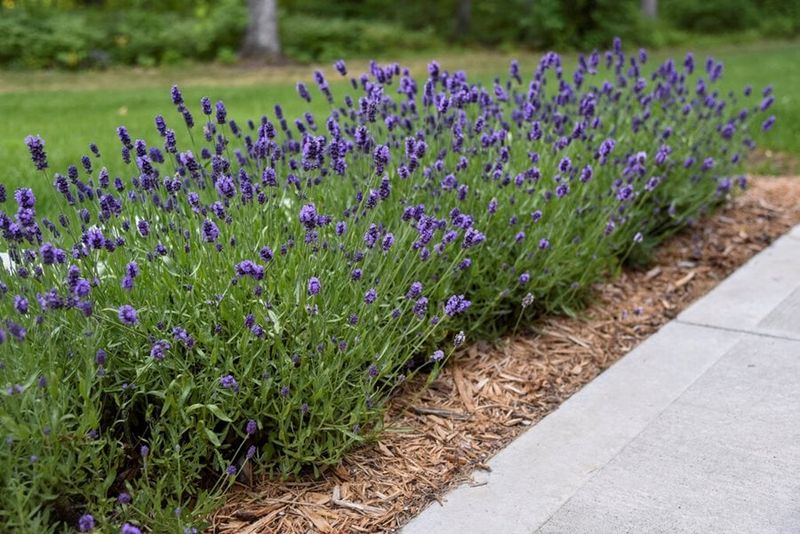
While humans adore lavender’s soothing scent, deer find it overwhelmingly offensive. Their sensitive olfactory systems become overloaded by the plant’s potent essential oils.
Creating a lavender border around vulnerable plants offers both protection and beauty. As an added bonus, you’ll attract beneficial pollinators while repelling those four-legged garden raiders. Harvest stems to make bundles for hanging around other susceptible plants.
7. Rotten Egg Spray
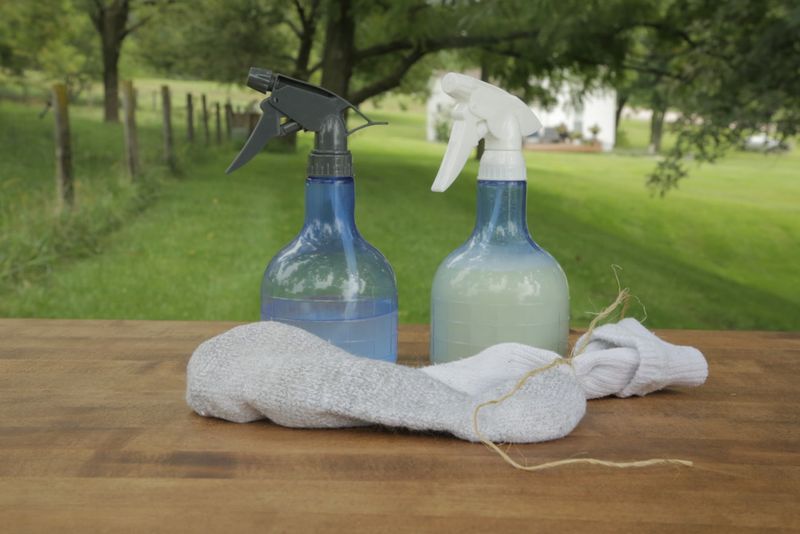
Commercial deer repellents often rely on sulfur compounds that mimic rotten egg smells. This offensive odor triggers deer’s danger response, convincing them your garden is unsafe.
Make your own by blending raw eggs with water and straining after several days of fermentation. The resulting spray creates a barrier deer won’t cross. While initially unpleasant for humans too, the smell becomes undetectable to us while remaining offensive to deer.
8. Hosta Buffet
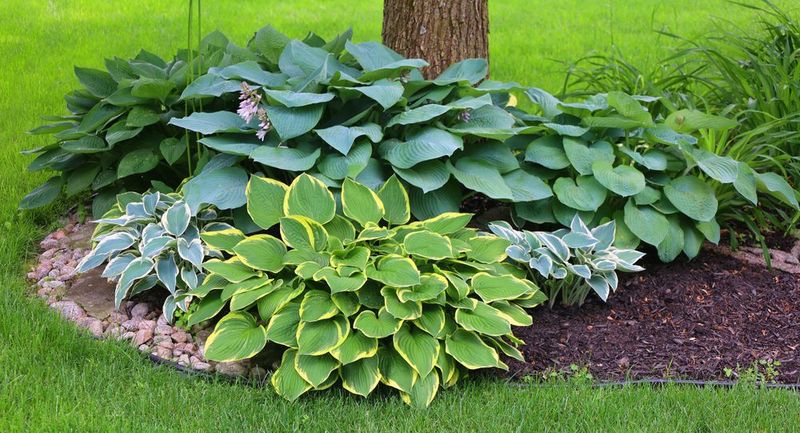
Gardeners often joke that planting hostas is like setting up an all-you-can-eat buffet for deer. These shade-loving perennials with their broad, tender leaves practically scream “eat me” to hungry deer.
The high water content and tender texture make hostas particularly appealing during dry spells. Their nutritional value and easy accessibility rank them among deer’s top garden delicacies. Consider planting them only in protected areas if deer frequent your neighborhood.
9. Tulip Temptation
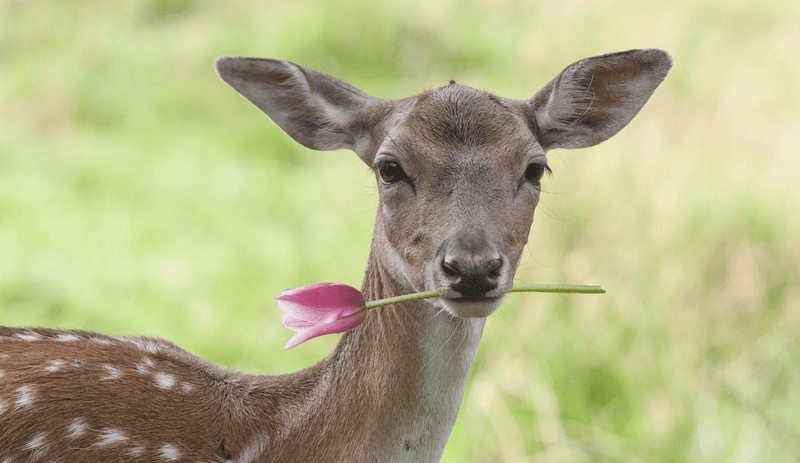
Those gorgeous spring tulips might as well be candy to passing deer. Their sweet fragrance and tender petals offer irresistible temptation after a winter of slim pickings.
Deer particularly favor the flower buds and blooms, often leaving just the stems behind. Many gardeners have experienced the heartbreak of finding their beautiful spring display decimated overnight. Consider protecting tulips with repellents or physical barriers during their growing season.
10. Daylily Delicacies
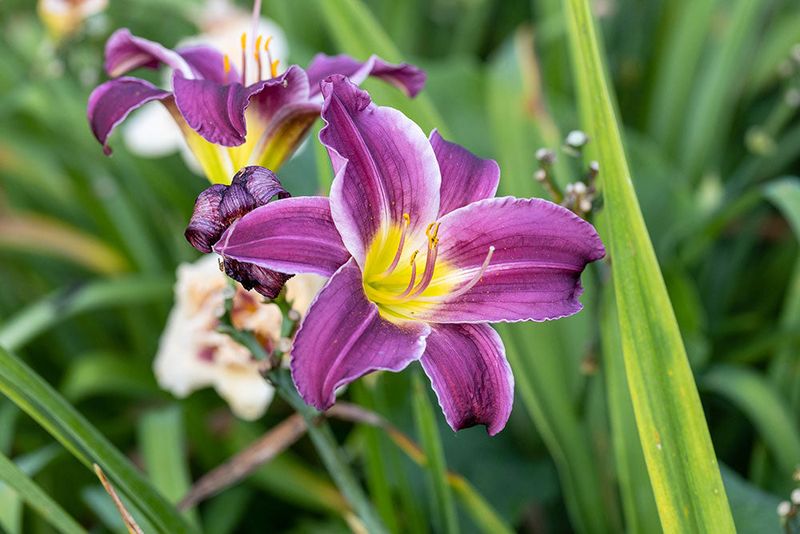
Daylilies might be tough-as-nails perennials for gardeners, but to deer, they’re gourmet treats worth returning for repeatedly. Their succulent shoots and flower buds provide perfect nutrition.
Even established plantings can disappear overnight when deer discover them. The fresh growth in spring proves especially tempting after winter’s limited food options. Consider surrounding these plants with strongly-scented companions like garlic or placing them in protected garden areas.
11. Rose Garden Restaurants
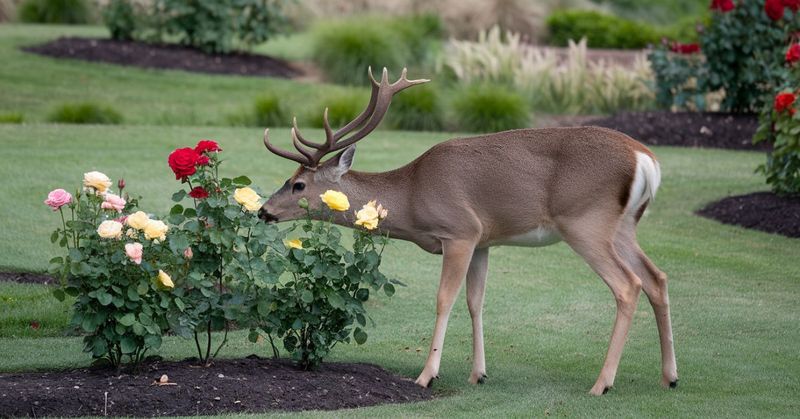
Despite their thorny defenses, roses rank high on deer dining preferences. Those tender new shoots and fragrant blooms prove worth braving a few prickles for hungry deer.
Hybrid tea roses with their soft new growth seem particularly attractive. Deer typically target the protein-rich growing tips and flower buds. The damage often appears as cleanly nipped stems rather than torn foliage, a telltale sign of deer rather than insect damage.
12. Impatiens Invitation
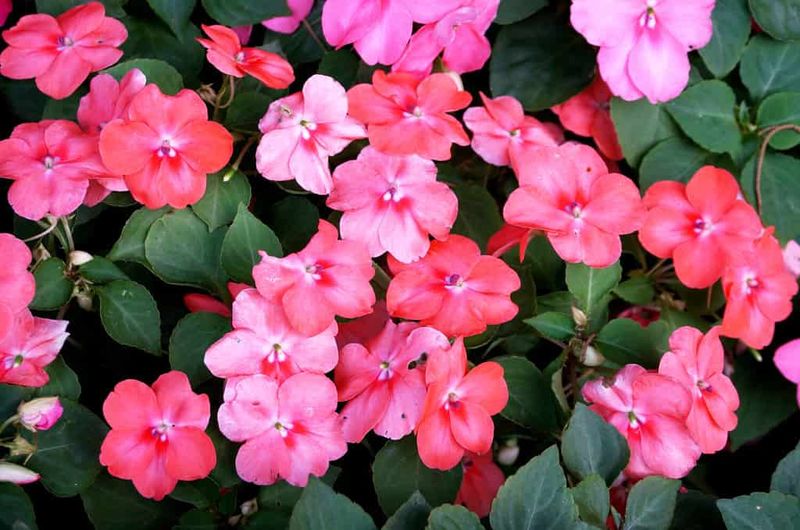
Planting impatiens in deer country is practically sending engraved dinner invitations to these woodland creatures. Their succulent stems and tender leaves offer the perfect texture and moisture content deer crave.
These shade-loving annuals disappear particularly quickly in drought conditions when deer seek water-rich plants. Their relatively high protein content compared to other garden flowers makes them nutritional powerhouses for hungry deer looking for an easy meal.



